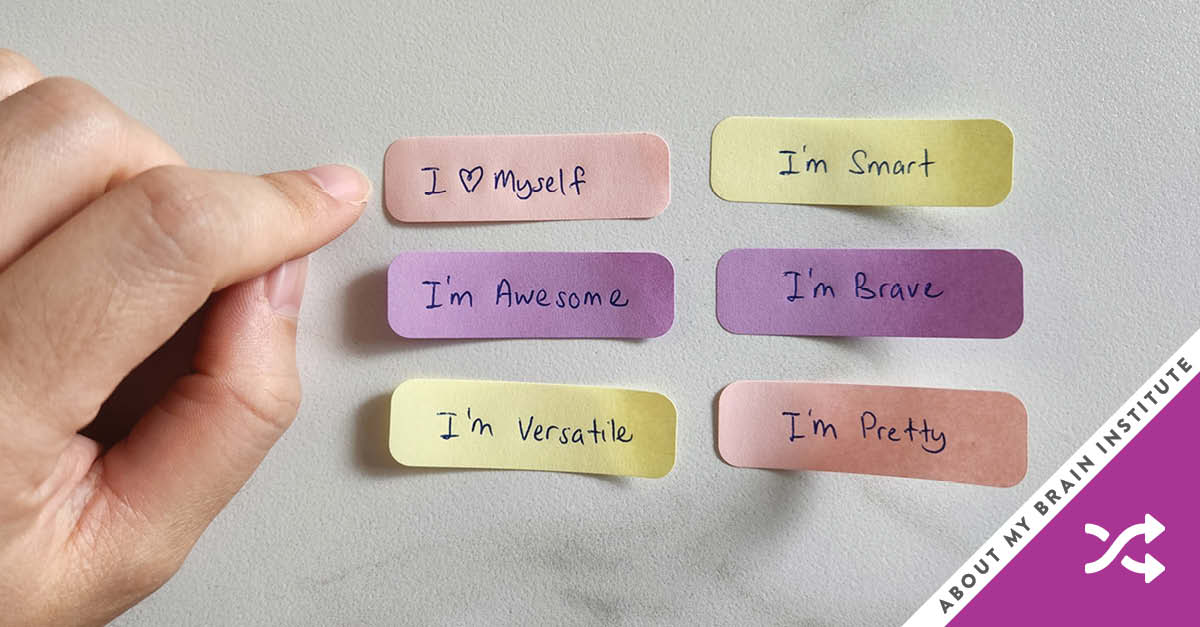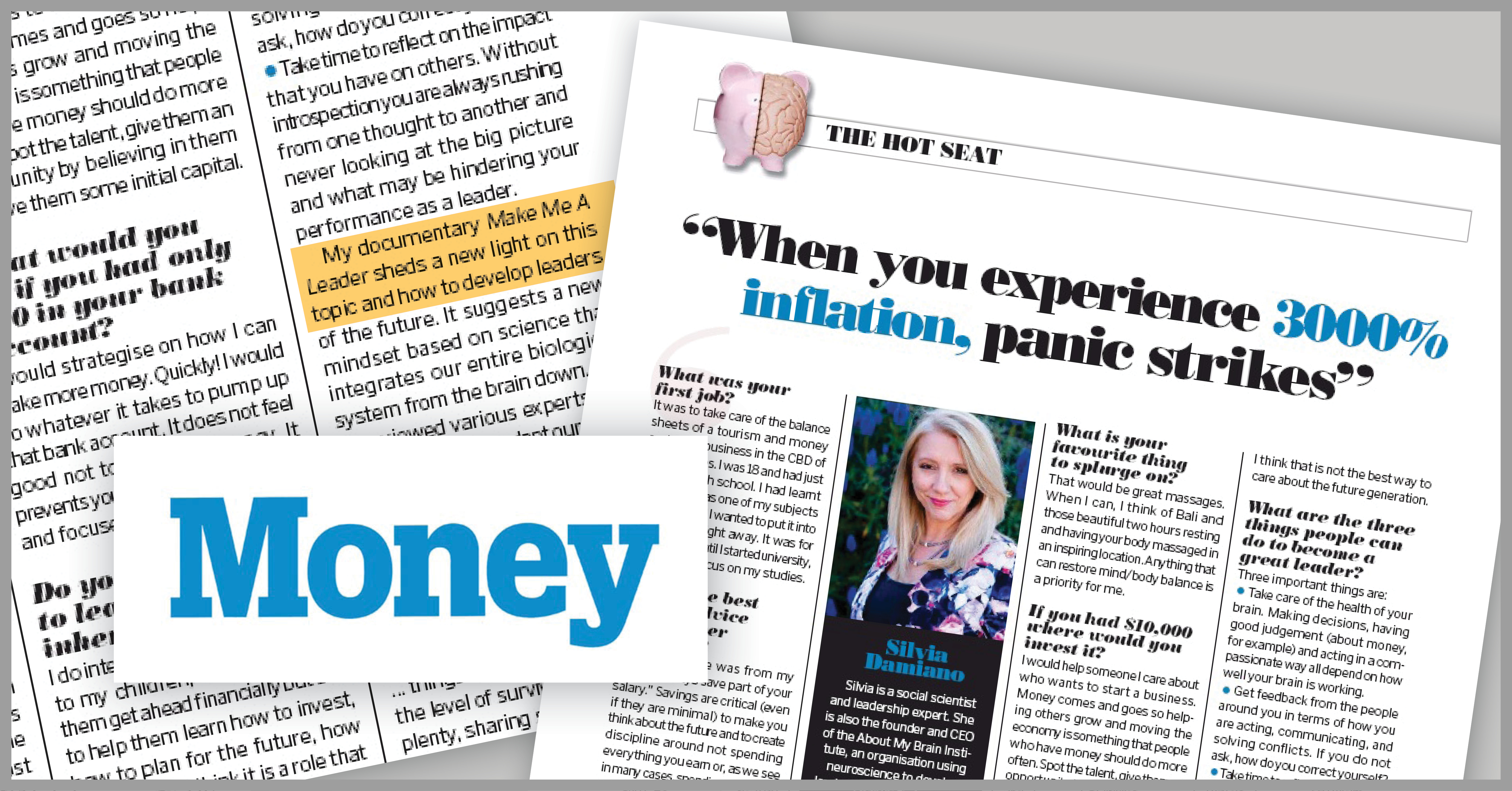Finding Motivation
Attribute: Committed

Benefits of Discovering What Motivates You
Benefits of Discovering What Motivates You
- Enhanced Focus and Direction
Understanding your sources of motivation provides clarity on what you truly want to achieve. - Increased Productivity and Efficiency
When you're motivated by something meaningful, you're likely to work more efficiently and with greater enthusiasm. - Greater Resilience and Perseverance
Discovering what drives you helps build resilience, as your intrinsic motivation provides a strong foundation for overcoming challenges. Knowing your "why" equips you with the determination to push through obstacles and maintain your commitment even during tough times. - Enhanced Satisfaction and Fulfillment
Working towards goals that resonate with your core motivations leads to a deeper sense of satisfaction and fulfillment. - Improved Decision-Making
Awareness of what motivates you enables better decision-making. It allows you to make choices that align with your personal values and long-term aspirations, ensuring that your decisions support your overall vision and goals. - Stronger Sense of Purpose
Identifying your motivations provides a clearer sense of purpose. This understanding helps you prioritize your time and resources towards endeavors that matter most to you.
Common Hurdles to Motivation
Several common barriers can stand in the way of feeling motivated:
- Lack of Interest: When a task doesn't align with your passions, it’s easy to lose focus.
- Overwhelm: Large or complex projects can feel daunting, making it difficult to know where to begin.
- Fatigue: Both physical and mental exhaustion can sap energy, leaving little room for motivation.
- External Factors: Distractions from work, family or life events can disrupt concentration and drive.
Recognizing these hurdles is the first step in overcoming them and finding ways to reignite motivation.
Case Studies of Self-Motivation
Some of the most successful people in history found themselves facing similar motivation challenges. Their stories offer valuable lessons in how self-motivation can propel you through adversity.
Michael Phelps' Olympic Journey
Michael Phelps, the most decorated Olympian of all time, had to push through significant personal and professional challenges. His battle with ADHD and later, depression, threatened to derail his career. However, Phelps harnessed his inner drive through goal-setting, mental preparation and sheer self-motivation. His ability to keep going, even when he felt like giving up, helped him reach extraordinary heights in swimming.
James Dyson’s Persistence in Innovation
James Dyson’s journey to creating the first bagless vacuum cleaner wasn’t without its setbacks. After over 5,000 failed prototypes and 15 years of perseverance, Dyson finally succeeded in revolutionizing the vacuum industry. His belief in his vision and refusal to give up, even in the face of constant rejection, exemplifies the power of persistence and self-motivation.
Keep reading ↓
Keep reading ↓
Newsletter
Help You Boost Your Motivation
Consider these questions:
- What accomplishments are you most proud of and what motivated you to achieve them?
- How do you typically react when faced with a significant challenge?
- What are your current goals and are they aligned with your core values?
- When you procrastinate, what are the reasons behind it, and how can you overcome this tendency?
Reflecting on these questions can regularly help you understand what drives your motivation, making it easier to tap into your inner resources during tough times.
Keep reading ↓
For Finding Motivation
- Set Clear Goals
Defining specific and achievable objectives provides direction and purpose. According to the Journal of Management, clear goal-setting boosts motivation by breaking large tasks into manageable steps. - Visualize Success
Visualization techniques help create a positive mindset by imagining the benefits of completing a task. - Build Accountability
Sharing your goals with someone else adds a sense of responsibility and can increase motivation.
Motivation is not just an innate trait but a skill that can be nurtured and strengthened over time with conscious effort. While it’s natural to experience periods of low motivation, these moments don’t define your journey. What truly matters is your ability to recognize when your drive is waning and take deliberate steps to reignite it. Whether it's reflecting on your personal goals, identifying the specific barriers that are holding you back or adopting practical strategies to push through, cultivating self-motivation is essential for long-term success. This practice builds resilience, enabling you to face challenges with a renewed sense of purpose and focus. As you become more adept at managing your motivation, you'll find that not only do you accomplish more, but you also develop a deeper sense of fulfillment and confidence in your ability to shape your own path.

Explore the Items
Read each article!
Supporting content
Drive Articles
Check out the latest blogs to learn more about this topic!

A Daily Affirmation Can Drive Innovation

3 Ways to Increase Your Motivation and Drive

Money Magazine: When You Experience 3000% Inflation, Panic Strikes!
Bibliography
This article has been inspired by the following sources:
- Li, L., Li, J., Liu, X., & Wang, M. (2021). Deriving mental energy from task completion. Frontiers in Psychology. Retrieved from https://www.frontiersin.org/articles/10.3389/fpsyg.2021.717414/full
- Hughes, S. (2018). How to motivate yourself to do things you don’t want to do. Harvard Business Review. Retrieved from https://hbr.org/2018/12/how-to-motivate-yourself-to-do-things-you-dont-want-to-do
- Schunk, D. H., & DiBenedetto, M. K. (2021). The motivational system of task values and anticipated emotions in daily academic behavior. National Center for Biotechnology Information. Retrieved from https://www.ncbi.nlm.nih.gov/pmc/articles/PMC8254449/
- Damiano, S. (2010). Unraveling the mysteries of dopamine: How it influences learning, motivation, and leadership. Retrieved from https://www.aboutmybrain.com/blog/unraveling-the-mysteries-of-dopamine-how-it-influences-learning-motivation-and-leadership
- Damiano, S. (2019). 3 ways to increase your motivation and drive. Retrieved from https://www.aboutmybrain.com/blog/3-ways-to-increase-your-motivation-and-drive

